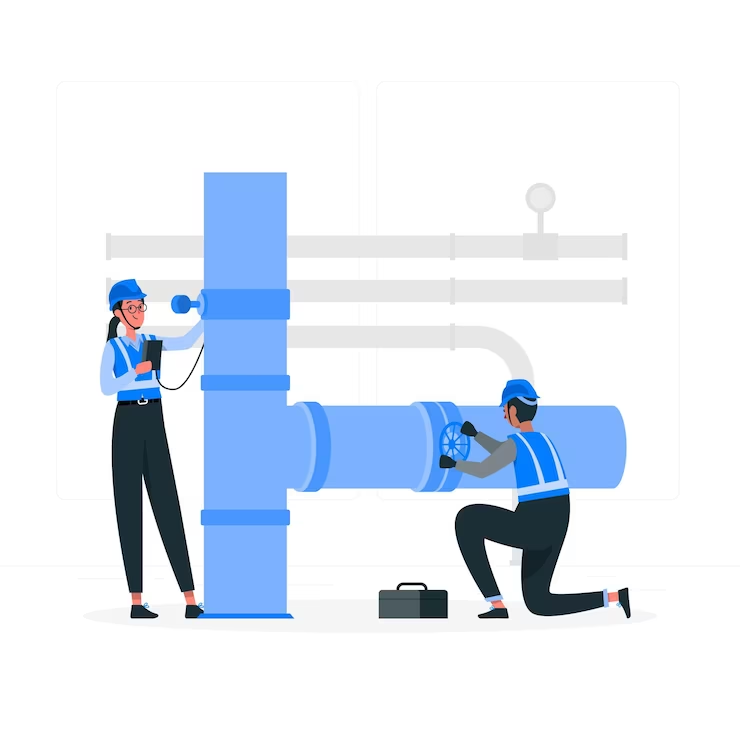Backflow in your plumbing system might sound like a minor issue, but it can lead to significant problems, including water contamination and health hazards. Imagine the water you use for cooking, cleaning, and drinking becoming polluted with harmful substances due to a plumbing mishap. To prevent such nightmares, it's crucial to understand backflow and the plumbing devices that can help prevent it.
Understanding Backflow
Backflow happens when water reverses its intended direction within your plumbing system. This reversal can happen when there's a sudden drop in water pressure, which can create a vacuum, pulling contaminants from various sources back into your clean water supply. Steering clear of this situation is unquestionably imperative.
The Importance of Backflow Prevention
Before delving into the plumbing devices that can help prevent backflow, let's emphasize why it's essential:
- Health Hazards: Backflow can contaminate your water with bacteria, chemicals, and other harmful substances, putting your health at risk.
- Legal Requirements: In many areas, there are strict regulations in place to prevent backflow, and failing to comply with them can lead to fines or penalties.
- Water Quality: Backflow can affect the quality and taste of your water, making it unpalatable and unusable.
Now that we understand the gravity of the situation, let's explore the plumbing devices that can save the day.
Types of Backflow Preventers
1. Air Gap Devices
Air gap devices create a physical break between your water supply and potential contaminants. They work by maintaining an open vertical space, ensuring that water can't flow back into the supply line.
How to Install an Air Gap Device:
- Position it above the flood rim level.
- Ensure the proper gap distance between the water outlet and the flood rim.
2. Check Valves
Check valves allow water to flow in one direction only, preventing any backflow. These are simple yet effective devices.
How to Install a Check Valve:
- Ensure the valve is oriented correctly to allow only one-way flow.
- Regularly inspect and clean the valve to maintain its functionality.
3. Reduced Pressure Zone (RPZ) Valves
RPZ valves are more complex but highly effective in preventing backflow. These are typically used in areas with high contamination risks.
How to Handle RPZ Valves:
- Consult a professional plumber for installation.
- Place RPZ valves in locations where contamination risks are highest.
Choosing the Right Backflow Preventer
Selecting the right backflow preventer for your home is crucial. Factors like water pressure, local regulations, and contamination risks should all be considered. While some homeowners might attempt DIY installations, it's advisable to consult a professional, especially for complex devices like RPZ valves.
Backflow Prevention Tips for Homeowners
Apart from installing the right devices, here are some tips to ensure effective backflow prevention:
- Routine Maintenance: Regularly inspect and clean your backflow prevention devices to ensure they function correctly.
- Signs of Backflow Issues: Be vigilant for any signs of backflow, such as discolored water or unusual odors. Promptly address any suspicions.
- Emergency Actions: In case you suspect a backflow incident, shut off the water supply immediately and seek professional help. Quick action can mitigate the damage.
Conclusion
In conclusion, preventing backflow is not just about maintaining the functionality of your plumbing system; it's about safeguarding your health and the quality of your water supply. By understanding the types of backflow preventers, choosing the right one, and following maintenance guidelines, you can protect your plumbing system and ensure clean, safe water for your household. Make plumbing safety a priority to maintain the integrity of your water supply.

